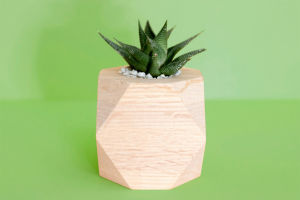Plants are incredible life forms that perform both photosynthesis and respiration, but contrary to popular belief, they don’t just produce oxygen; they also release carbon dioxide!
Here’s an in-depth look into how plants “breathe,” why they produce carbon dioxide, and how this process supports their growth and survival.
How Do Plants Breathe?
Plants “breathe” through tiny pores on their leaves called stomata. These pores allow gas exchange, where plants absorb carbon dioxide and release oxygen during photosynthesis. However, plants don’t only conduct photosynthesis; they also undergo respiration, which is a different process. While photosynthesis is how plants make food using sunlight, respiration is how they use that food to release energy.
Understanding Plant Respiration
Plants respire all the time, both day and night. Respiration in plants involves breaking down sugars, produced during photosynthesis, to generate energy. Just like in animals, this process produces carbon dioxide as a byproduct. In short, plants need oxygen to break down these sugars and release carbon dioxide in return.
Explain respiration in plants
Video by Knowledge Platform
Daytime vs. Nighttime
During the day, photosynthesis largely outweighs respiration, so plants release more oxygen than carbon dioxide. At night, however, photosynthesis stops without sunlight, and plants only respire, releasing small amounts of carbon dioxide into the atmosphere.
Why Do Plants Release Carbon Dioxide?
Respiration is essential for plants because it provides the energy they need for growth, repair, and other vital functions. The carbon dioxide produced during respiration is a natural byproduct of this energy-release process. This release is crucial not only for the plant but also for balancing atmospheric gases, which plants contribute to by absorbing and releasing gases over a 24-hour cycle.
How Does This Affect the Environment?
Plants are net producers of oxygen due to photosynthesis, which absorbs more carbon dioxide than the amount they release through respiration. This natural balance plays a key role in maintaining Earth’s atmosphere and supporting other life forms. It’s a reminder of the intricate ecosystem in which plants, animals, and humans are interdependent.
Myths Around Plant Respiration
A common myth is that plants “sleep” at night or are inactive. In reality, they are busy respiring, which is why experts advise against keeping certain plants in tightly closed bedrooms, as the carbon dioxide they release could contribute to a slightly lower oxygen level in confined spaces.
supporting their own growth and contributing to the atmospheric balance.
Dear Lykkers, by understanding both photosynthesis and respiration, we gain insight into how plants play a double role in oxygen production and carbon dioxide release, reinforcing their importance in our ecosystem.


